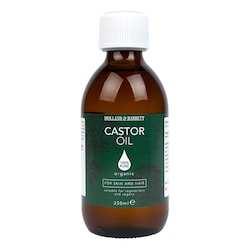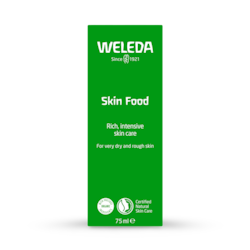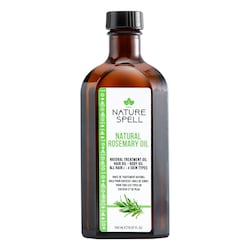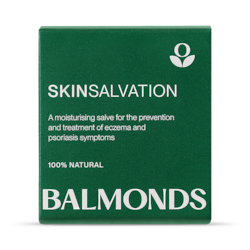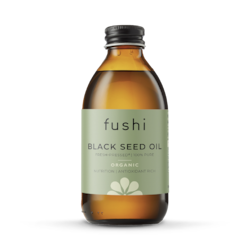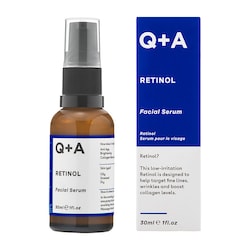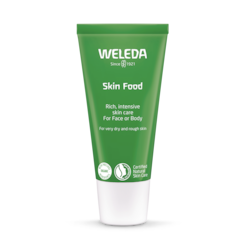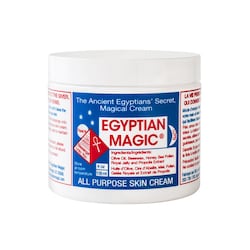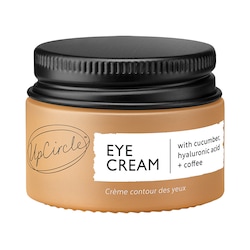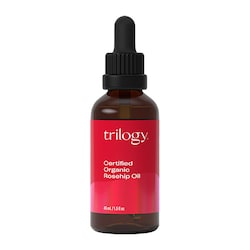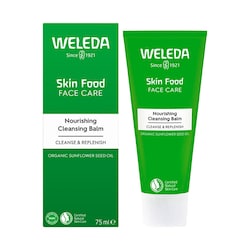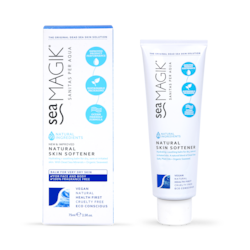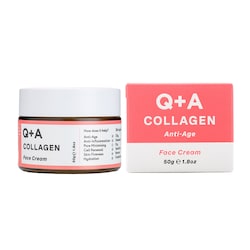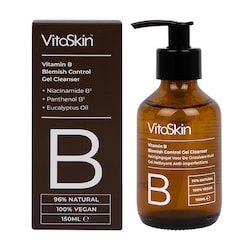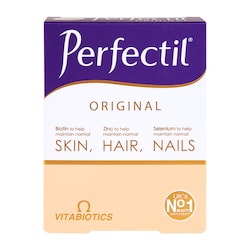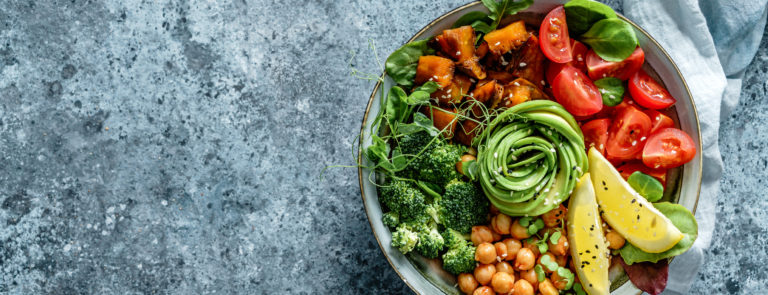20% off £30
Your guide to calendula
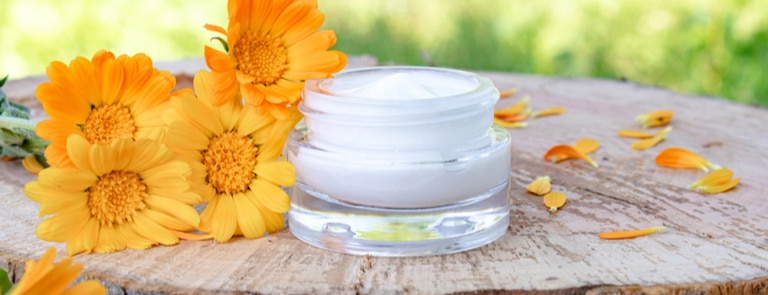
Your Guide To Calendula | What It Is, Benefits & Uses | Holland & Barrett
What is calendula?
Calendula officinalis, as it is officially named, is a plant whose flowers are used to make supplements and creams.
This plant is native to the Mediterranean and tends to bloom on the first of every month. It is thought that this is why the name calendula sounds a lot like kalendae, which means little calendar / the first day of every month in Latin.1
What is calendula oil?
Calendula oil is usually made by infusing calendula flowers in an oil like coconut oil or olive oil. This infused oil can then be used on its own topically, or mixed into other ointments, creams, lotions or balms. It can also be made into a tea or capsule form.
What is calendula cream used for?
It has been used traditionally to ease some skin conditions in the form of a cream or oil.
Calendula extract has also been taken orally to help ease sore throats, menstrual cramps and muscle spasms. However, there is currently not enough clinical evidence to substantiate any of these claims.2
Some people also use the yellow and orange petals to colour cheese and butter, as well as add a saffron-like flavour to broths, stews and salads.3
You may also spot calendula petals in flower displays and pot pourri.
Is Marigold the same as calendula?
Nope! Make sure you don’t confuse calendula plants with ornamental marigolds from the Tagetes family! They look very similar and are usually grown in vegetable gardens.
How calendula works
Calendula contains the following active ingredients, which are thought to be responsible for its potential benefits:4
- Flavonoids (a type of antioxidant)
- Triterpenoids
- Essential oil
- Polysaccharides
What are the benefits of calendula?
Although a lot of these areas need to be researched before conclusions can be drawn, potential calendula benefits include:
What does calendula do for skin?
-
Could support wound healing
It is thought that calendula contains a number of properties that could help new tissue to grow in wounds.
A narrative review of several studies involving calendula and wound healing found clinical data to support these claims, especially when a 2%-10% calendula ointment is used topically. However, further investigation and more clinical trials are needed.5
Another study from 2013 followed women who had had an episiotomy - an incision made in the perineum (the tissue between the anus and vaginal opening) during childbirth.
They were told to apply either calendula or aloe vera ointment every 8 hours for a total of 5 days. Results showed that adding either aloe vera or calendula to standard care was more effective than only using standard care.6
-
Could help heal ulcers
A study on calendula extract and people with venous leg ulcers from 2016 was published in The Journal of Wound Cate.
They found that those treated with a calendula extract had a 7.4% ‘healing velocity per week’, which is higher than the control group who only had a 1.7% healing velocity per week.7
-
Makes a great cleanser
Cleansing is the act of cleaning the face at the start and end of the day with specially chosen ingredients to suit your skin – and it turns out calendula oil could be a great one!
Try washing your face with calendula cream or calendula oil to see if it helps your skin.
-
May help soothe nappy rash
Nappy rash is a common condition in babies and toddlers – with up to a third of them having nappy rash at any time!
This red, patchy and sore condition is caused by multiple factors including:8
- The nappy rubbing against baby’s skin
- Baby’s skin being in contact with wee or poo for prolonged periods of time
- Infrequent nappy changing / cleaning of the nappy area
- Alcohol-based baby wipes
- Detergent, soap or bubble baths
- Antibiotics
Calendula oil may help to soothe the soreness of diaper rash for your baby or toddler.
One 2012 study found that while and aloe vera cream was an effective nappy rash treatment, a calendula ointment was even more beneficial – however more research is needed on the back of this before any conclusions are made.9
-
Could be good for your skin- full stop!
Like many plant-based oils, calendula oils or creams could help to support your general skin health and appearance.
One study found that a calendula-based cream may promote skin firmness and hydration, but more research is needed.10
-
May help with bacterial vaginosis
Bacterial vaginosis is a condition which includes an overgrowth of bacteria in the vagina, which causes the pH to become unbalanced. Calendula extract may be able to help.
One study followed 80 women who had been diagnosed with bacterial vaginosis and were taking either calendula ointment or a common drug used to treat bacterial vaginosis called metronidazole. Results showed that both groups of women were cured of bacterial vaginosis after just one week of intervention with no side effects.11
-
Makes a great skin scrub
Simply mix sugar or honey and oats with calendula flowers to make a lovely homemade skin scrub.
Calendula dosage
There isn’t currently a recommended upper limit for calendula, so it is best to consult the product labels or seek advice from your GP / medical professional before use.
Like with any supplement, start off with a low dose and build on it, this will allow you to monitor any effects calendula has on your body.
How to make calendula tea
First you need to get yourself a genuine calendula plant and harvesting its pretty petals and dry out to make tea. Here’s how:
- Take the petals and put them on a paper towel away from the sun, allowing them to thoroughly dry out
- Bring 250ml of water to the boil
- Add 2 teaspoons of dried calendula petals into a teapot or tea infuser
- Fill the teapot/infuser with hot water and allow it to steep for 10 minutes
- Strain away the tea from the leaves and serve
- Feel free to add flavours like honey, vanilla, cinnamon or lemon juice
Can everybody use calendula?
There are a few groups of people who should avoid calendula, including:
- Pregnant/breastfeeding women: calendula sometimes affects hormone levels so should be avoided during this phase of motherhood
- Other allergies: if you are allergic to daisies, ragweed, marigold or other plants in the Compositae / Asteraceae family then it is probably best to avoid calendula too
- Surgery/medication: if you’re scheduled in for surgery or are taking medication, you should discuss taking calendula with your GP / medical professional first
Calendula side effects
Although calendula is considered safe for most people when taken orally or applied to the skin topically, it may cause the following side effects:
- May cause sleepiness / drowsiness
- May affect normal hormone function
- Could cause allergic reactions, especially if another plant allergy is present
The final say
- Calendula is a plant, whose yellow / orange flowers have been used for years for a variety of different purposes
- Calendula oil is made by infusing calendula flowers in an oil like olive oil or coconut oil, which is then added to creams
- Calendula can also be taken in capsule form or as a herbal tea
- Calendula contains active ingredients like essential oils, polysaccharides and flavonoids, which are thought to be behind its potential benefits
- Potential calendula benefits include would healing support and being a great ingredient in facial cleansers
- It is considered safe for most, with the exception of pregnant/breastfeeding women, people with scheduled surgery and those taking other medications
Last updated: 16 June 2021
- http://roma.andreapollett.com/S7/roma-cal.htm
- https://www.rxlist.com/calendula/supplements.htm
- https://www.gardeningknowhow.com/ornamental/flowers/calendula/growing-calendula.htm.
- https://www.sciencedirect.com/topics/medicine-and-dentistry/calendula-officinalis
- https://www.woundsresearch.com/article/9064
- https://pubmed.ncbi.nlm.nih.gov/25276736/
- https://www.magonlinelibrary.com/doi/full/10.12968/jowc.2016.25.12.732
- https://www.nhs.uk/conditions/baby/caring-for-a-newborn/nappy-rash/
- https://www.hindawi.com/journals/tswj/2012/810234/
- http://ptfarm.pl/pub/File/Acta_Poloniae/2011/5/693.pdf
- https://pubmed.ncbi.nlm.nih.gov/29441319/


